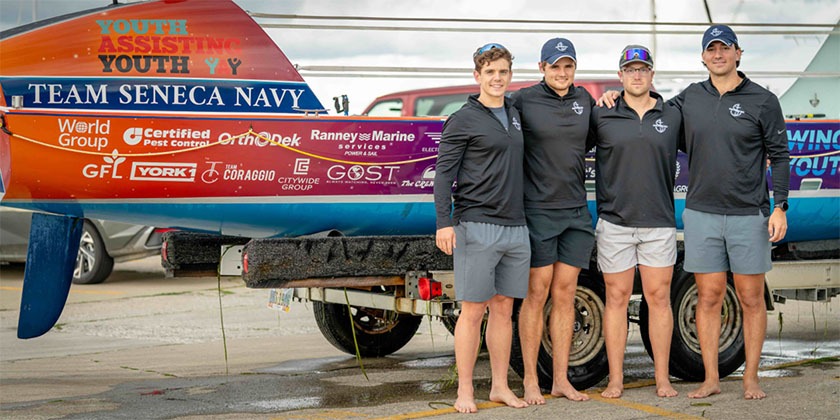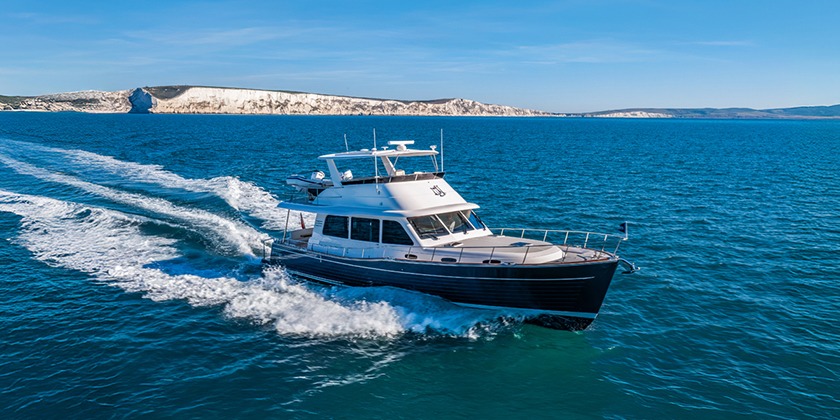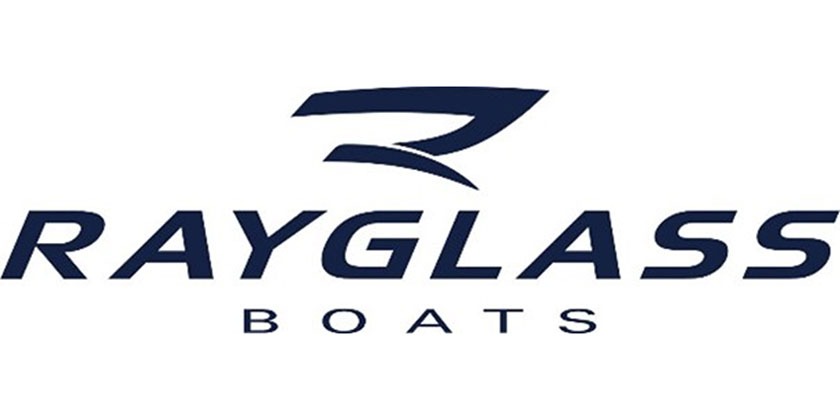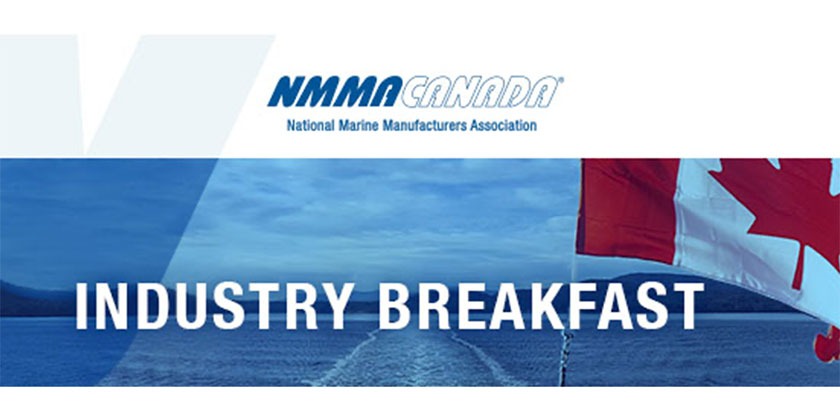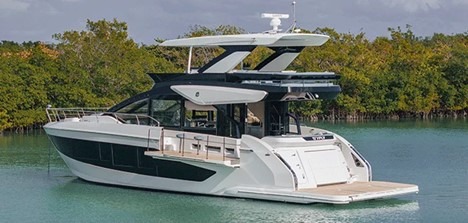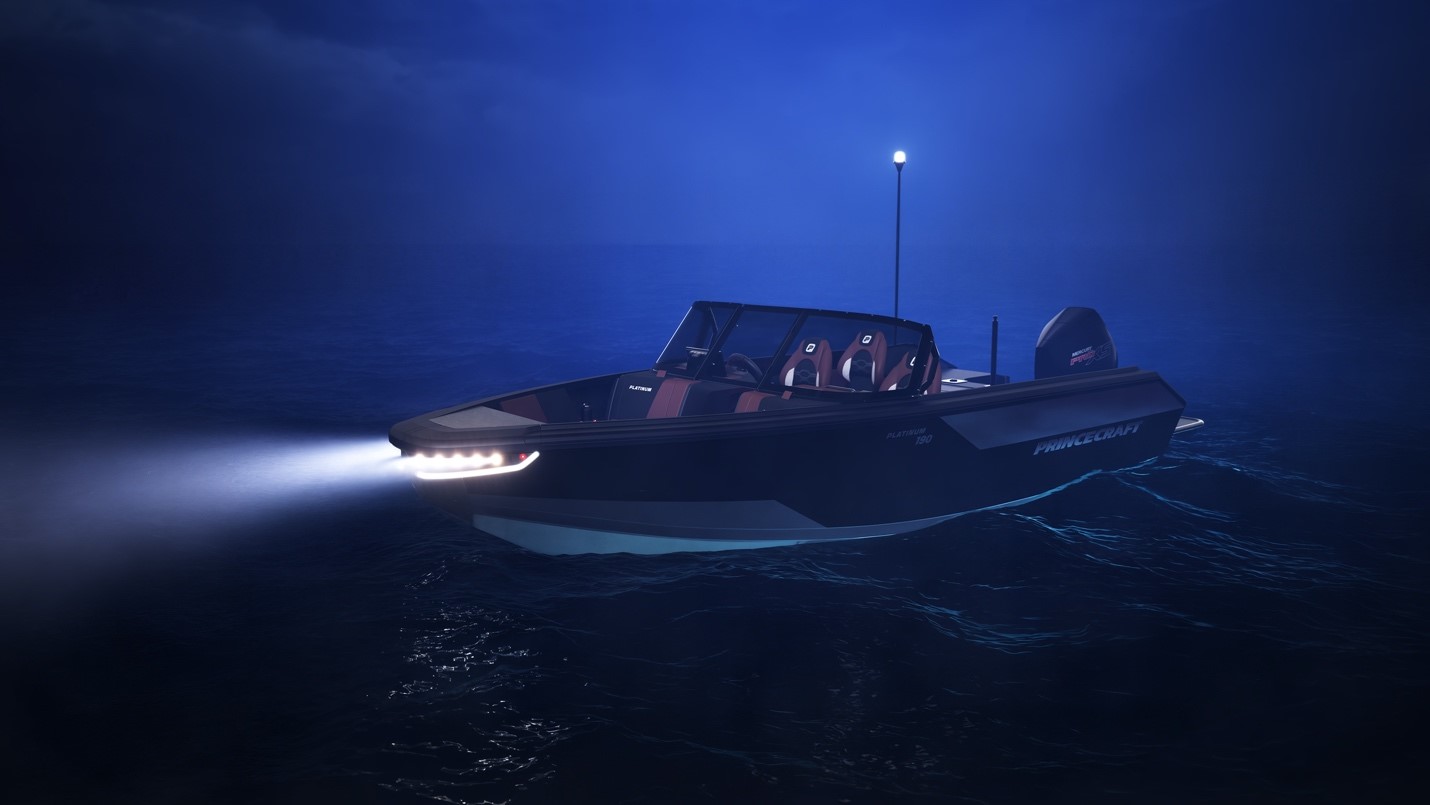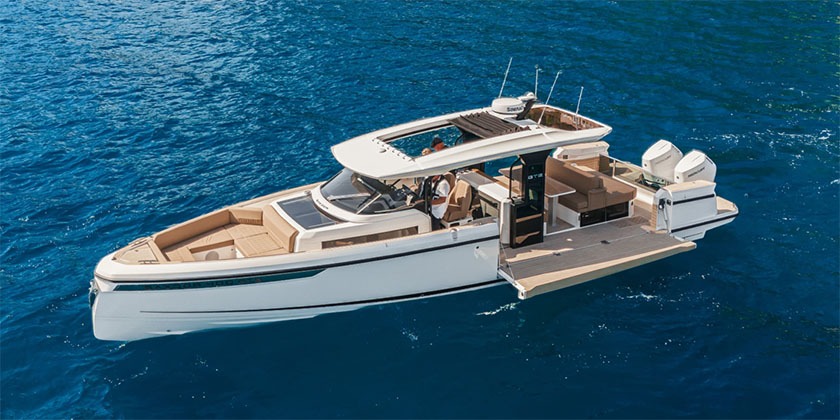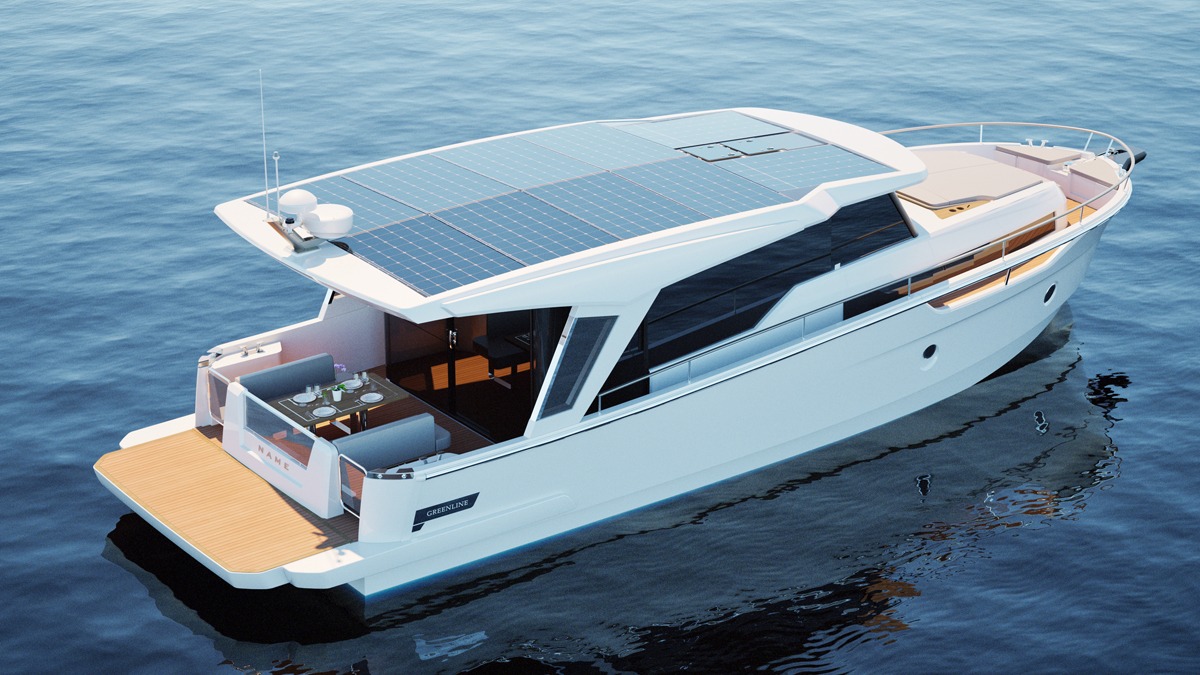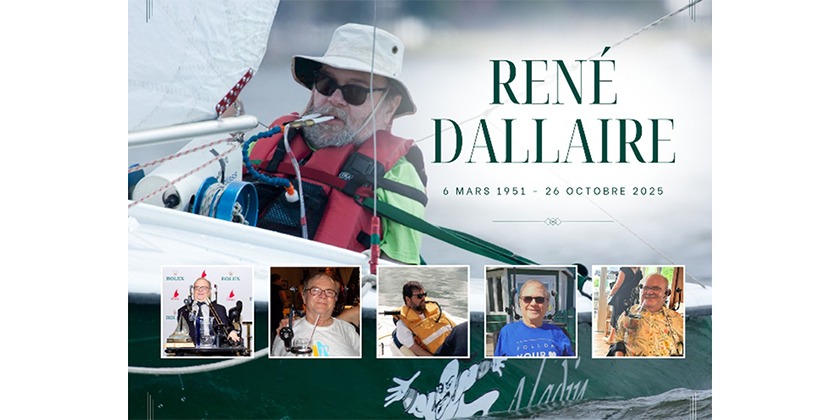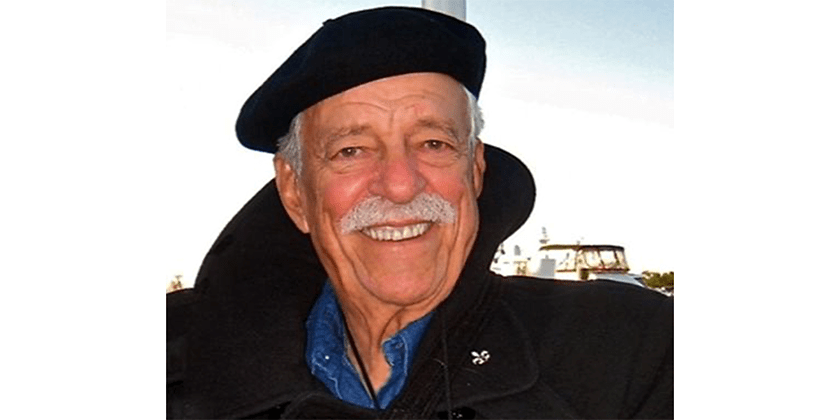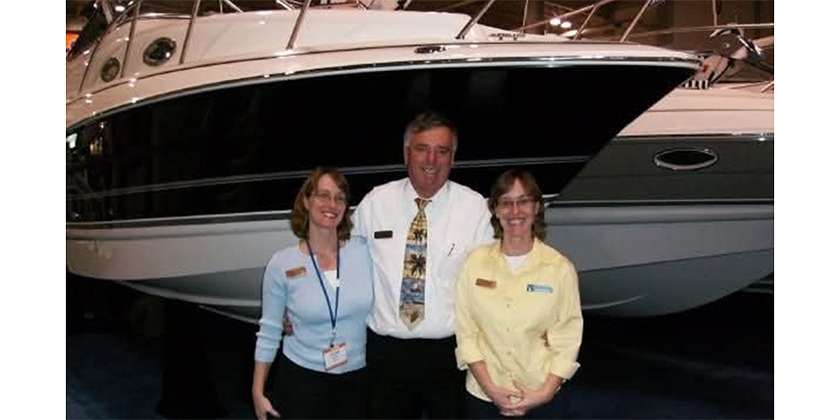TORONTO’S OUTER HARBOUR MARINA BECOMES THE FIRST IN CANADA TO INSTALL SEABINS
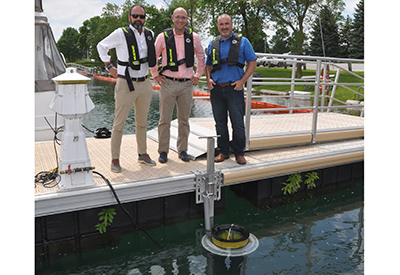
July 9, 2019
By Andy Adams
Recently, I was at Toronto’s Outer Harbour Marina with Gautier Peers, Sales Manager for Seabin at W Products & Services.
On June 25th, Outer Harbour Marina became the first commercial installation of Seabins in Canada. They had just installed the first two Seabins in the water and we got to see them running, drawing in water and capturing trash down to very small particles of plastic and other materials.
Seabin has been available in Europe for over a year, but the installation at Outer Harbor Marina was a first in Canada. As Sales Manager for Seabin at W Products & Services, Gautier Peers will be working to establish sales all across North and South America.
Seabin is a revolutionary eco-friendly solution for marinas and ports. It’s a floating trashcan that collects floating debris and hydrocarbons in marinas, ports, waterways, etc. Seabin is not only a wonderful solution to prevent trash from ending up in our oceans, rivers and lakes, the marinas who will be installing Seabins and W Products & Services will invite schools to come and see them in operation. It’s a fantastic tool to educate the future generations on what kind of trash ends up in the ocean.
The best time to take action on environmental issues is now. We applaud Toronto Outer Harbour Marina for making a very important step in environmental stewardship of our waters.
I met with Gautier Peers from W Products & Services, Stephen Fischer from Poralu Marine and Mike Dwyer, the manager at Outer Harbour. That morning, they had installed the first two Seabins in the marina and when I got there, both were already in place and working beautifully. Marina manager Mike Dwyer told us that Outer Harbour Marina will get between 10 and 12 Seabins installed in the coming months, each located where they find that trash accumulates, based on the winds and currents that drive water-borne debris and materials through the facility.
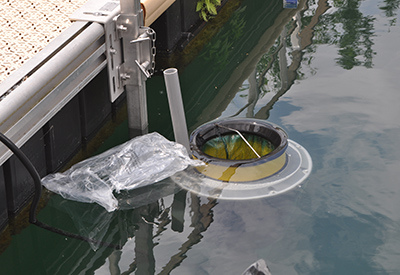
 Gautier Peers told me that it’s best to locate the Seabins in an area of shared water so that no one Seabin becomes too full during the course of the day. Past experience suggests that each Seabin will collect about 3.9 kilograms of trash per day and to continue working, each one needs to be emptied regularly.
Gautier Peers told me that it’s best to locate the Seabins in an area of shared water so that no one Seabin becomes too full during the course of the day. Past experience suggests that each Seabin will collect about 3.9 kilograms of trash per day and to continue working, each one needs to be emptied regularly.
It’s both amazing and concerning to see what the Seabin actually collects. Pieces of plastic wrap, one use bottles, cigarette butts and even micro plastic debris as small as 2 mm gets trapped in the Seabin.
It’s not just solid particles either. The Seabin contains a filtration pad and it can also collect hydrocarbons; fuel and oil that has spilled into the water.
The Seabin actually looks just like a trash bin, but it has a filtration pump, runs on 110v or 220v power and the hydrocarbons are picked up by a white oil pad which is labout the size of a pie plate.
In the course of a year, running 24/7, one Seabin can filter out as much as 1.4 metric tons of trash and debris from the water.
An interesting and positive twist is that the bin itself is manufactured from recycled plastic so it’s strong, lightweight and relatively impervious to corrosion.
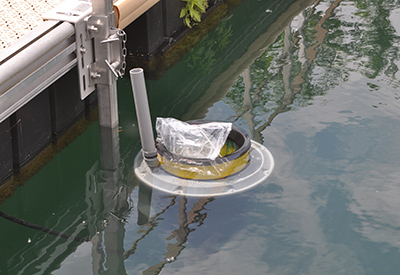
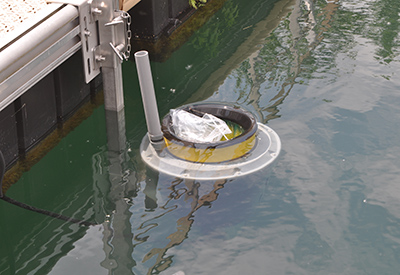 I asked Gautier how we have come to have so much plastic in the water. It’s true that some people are careless or disrespectful and throw garbage in the water, but a big source of this pollution is drainage water from the land that takes the material into the watershed from almost anywhere, and wherever the water flows, the plastic and other debris goes with it.
I asked Gautier how we have come to have so much plastic in the water. It’s true that some people are careless or disrespectful and throw garbage in the water, but a big source of this pollution is drainage water from the land that takes the material into the watershed from almost anywhere, and wherever the water flows, the plastic and other debris goes with it.
Seabins were started by two Australian surfers who were disgusted at the amount of plastic in the water and decided to take affirmative action and do something about it. You have probably heard that what people call the Great Pacific Garbage Patch is a floating mass of debris that is estimated to be twice the size of the state of Texas. Plastics in the environment never really go away, they just break down into smaller and smaller particles becoming trapped in seaweed and being ingested by marine organisms of all sizes down to the very smallest.
They originally designed the Seabin and got crowdsourced funding of approximately $300,000 to build the first prototype. W Products & Services became their distributor in the Americas.
One Seabin with a full bag can weigh up to 20 kg. Each Seabin can handle an area of 160 foot radius and draws 2.5 amps, so it’s less than $2 a day to operate. It’s a clever and sophisticated machine and each unit costs approximately $6500. Seabins are a significant investment, but this is the kind of thing that can also attract donations and support from corporations and the public. Visiting the marina and seeing Seabins in operation would be a good field trip for school children. Have a look at the video; seeing the device work is quite compelling.
First, here’s a short video of a Seabin operating at the Cabrillo Isle Marina in San Diego, California: https://www.youtube.com/watch?v=AoZUp2tA0RA
You will also enjoy learning a little more of the Seabin’s inventors: https://www.youtube.com/watch?v=tiy7WQYQyhY.


